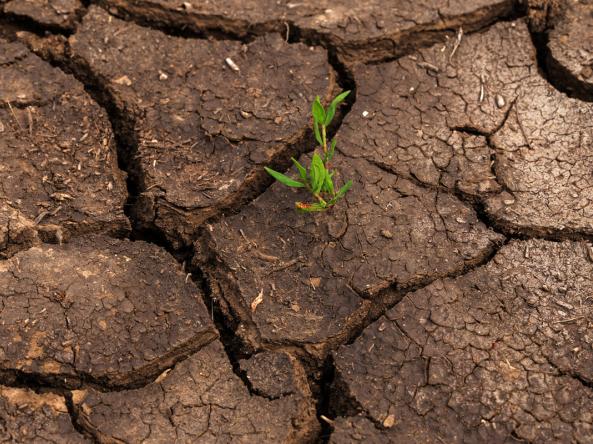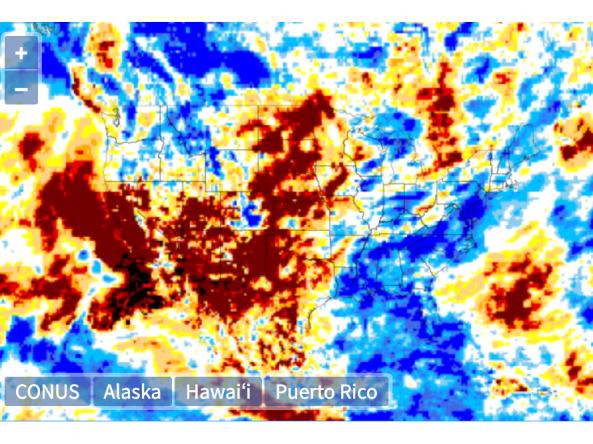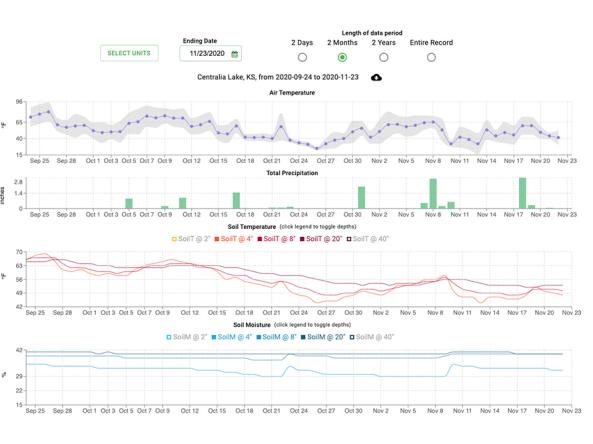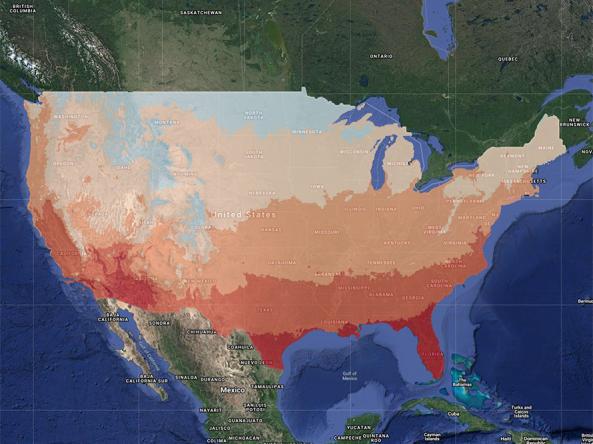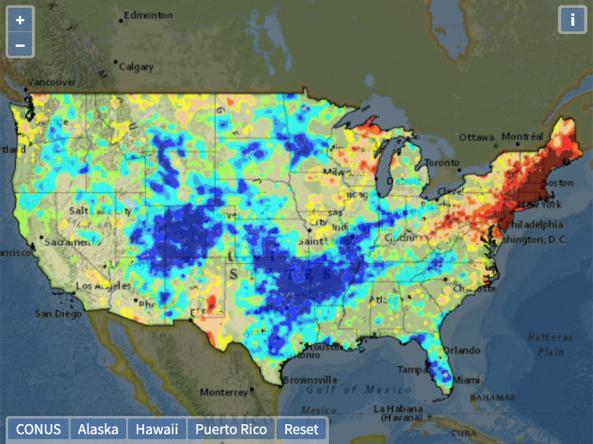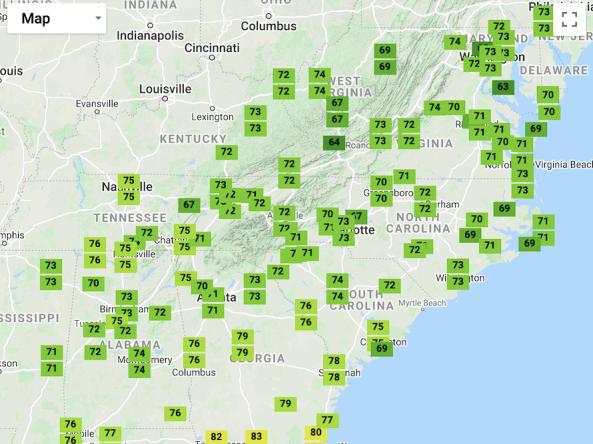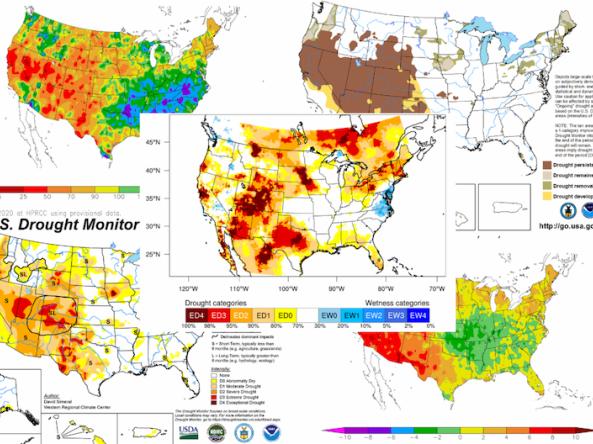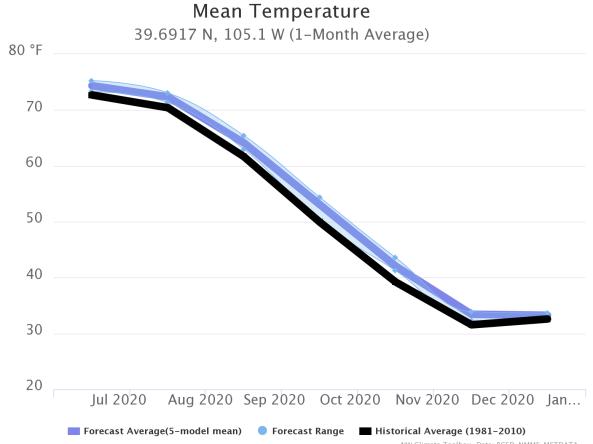For the latest forecasts and critical weather information, visit weather.gov.
These webinars provide the region's stakeholders and interested parties with timely information on current and developing climate conditions, such as drought, floods, and tropical storms, as well as climatic events like El Niño and La Niña. Speakers may also discuss the impacts of these conditions on topics such as wildfires, agriculture production, disruption to water supply, and ecosystems. The February 9 webinar also featured a presentation on 2020 in review.
What does drought look like in Alaska? A series of webinars will be held to explore this topic. The first webinar will look at past climate information, focusing on unusually dry times, and will provide a statewide overview, including tools typically used to access drought/precipitation deficits with Rick Thoman, Alaska climate specialist.



